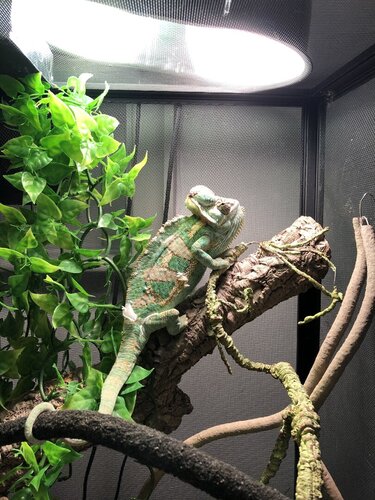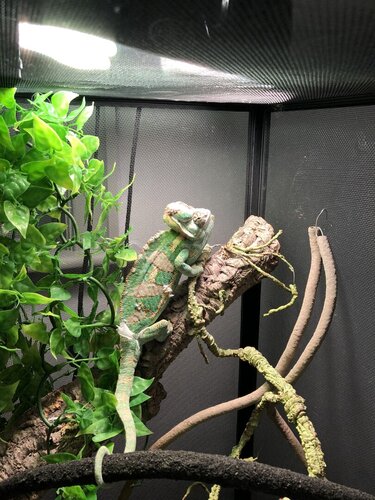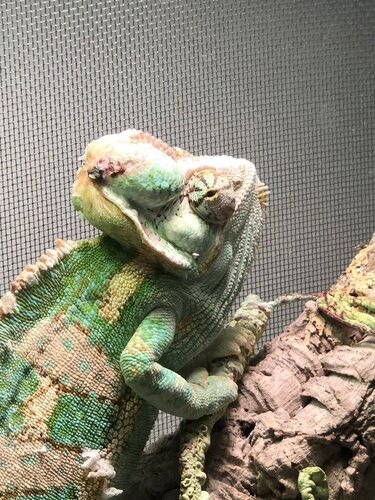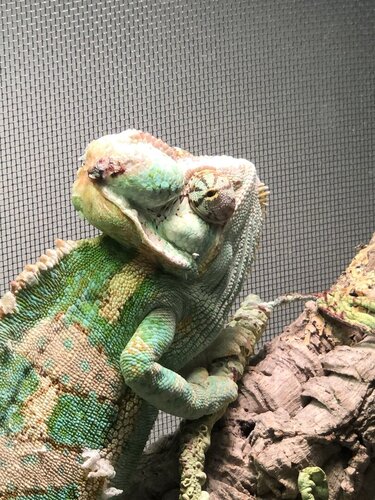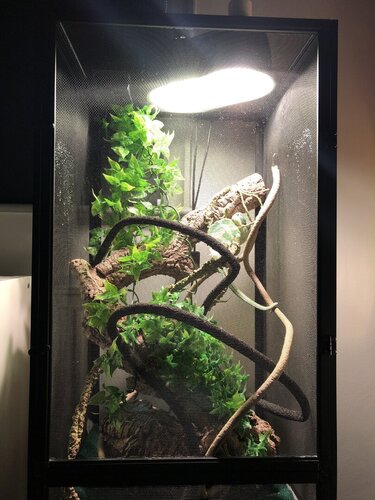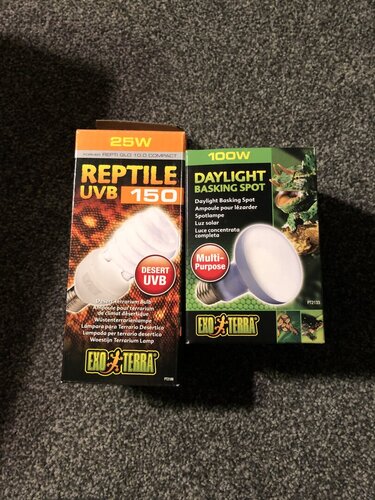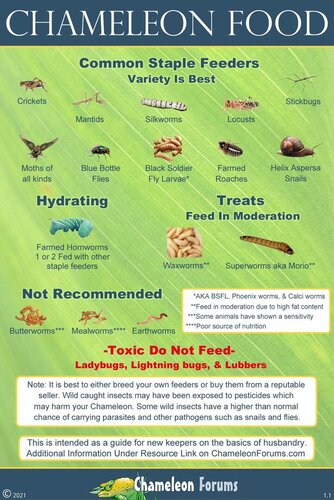Chamowner1212
New Member
Hi guys this is my 3 year old chameleon, I have always noticed his casque was always swollen and not pointy however He has developed a sore on his head I’ve done loads of research and now I realise that his casque is swollen and very abnormal is This a result of my care ?  what has gone wrong please help
what has gone wrong please help

